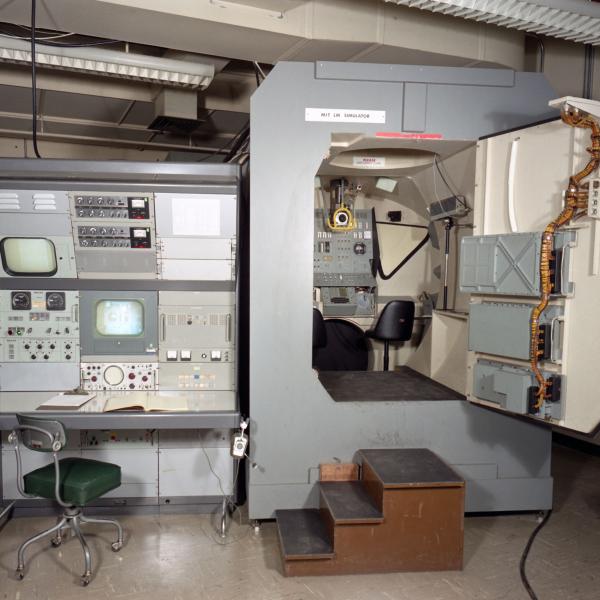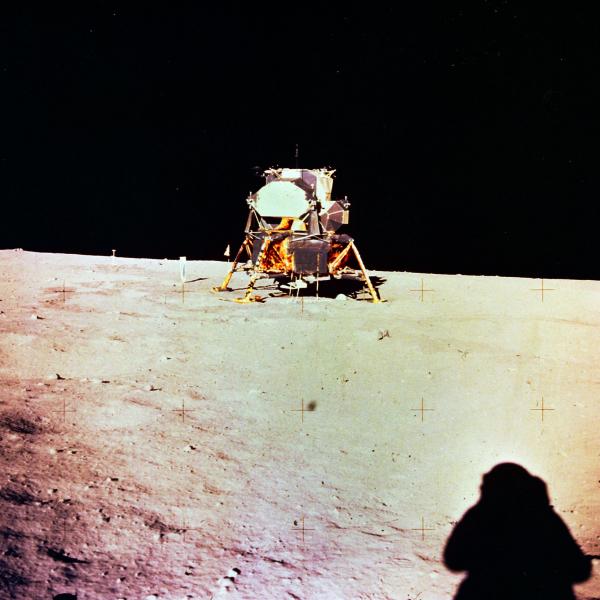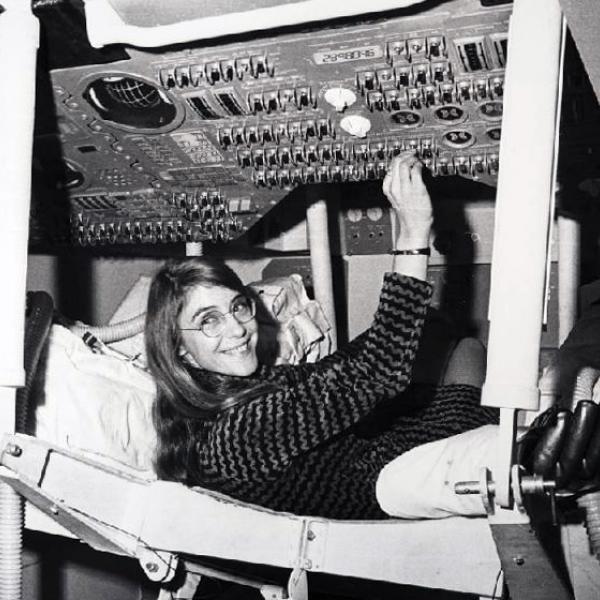
James Kernan
James “Jim” Kernan started his career working on spark plugs for General Motors. After ending up on software there, he transferred to the Instrumentation Lab (now Draper) to work on the Lunar Module (LM) Software, eventually becoming a supervisor for the LM. While he didn't write any programs, he oversaw each piece of the program and ran software through the assembly program from Apollo 9 to 12.
Kernan made sure everyone’s contributions and work fit together so the compiled software was functional. Apollo 11 was the first time their process was truly (and unexpectedly) tested—could the software adapt and perform a safe landing when core memory was being leeched? Kernan was in the IL at the time of the moon landing, watching the entire process. He was the last one in the SCAMA room. Apollo 13’s explosion was also unexpected, but back at the labs, he and his team ran tests to ensure the module would be able to return back to Earth.
After Apollo, Kernan worked with Phyllis Rye on the design of the Flight Computer Operating System (FCOS) for the Space Shuttle. This was done for NASA engineers Jack Garman and John Aaron. Kernan later led a small Draper team in helping steer the fault tolerant design of the Shuttle Avionics System. His team designed many of the stress tests that proved the flight worthiness of the Space Shuttle. The work was performed both before and after the Shuttle Challenger disaster. After the Shuttle work, Kernan worked on the design of the Computer system for the Space Station.
Kernan retired from the Lab in 1994 and became a Fine Arts and Personal Property Appraiser associated with Kaminski Auctioneers. He is still active.


